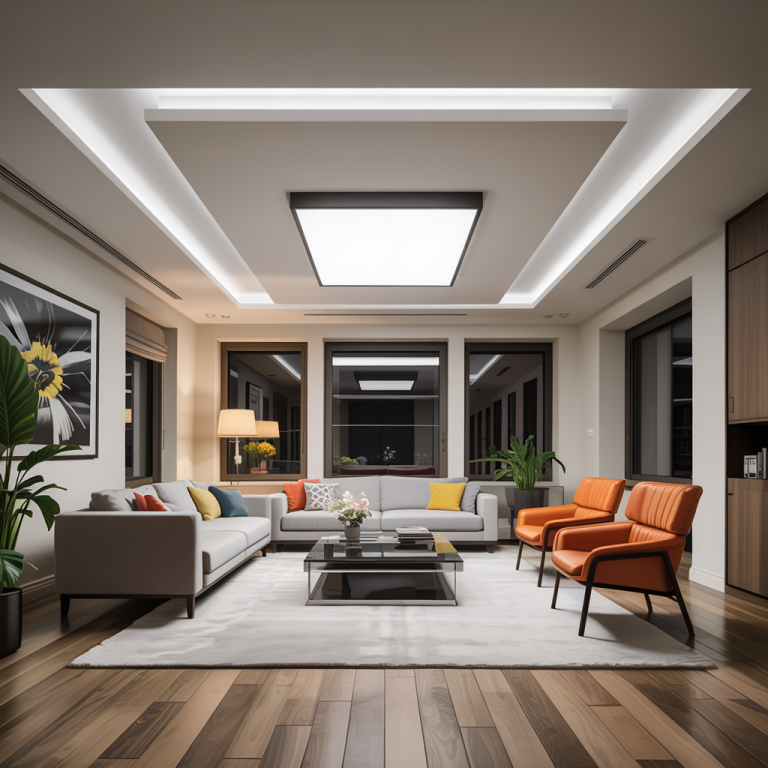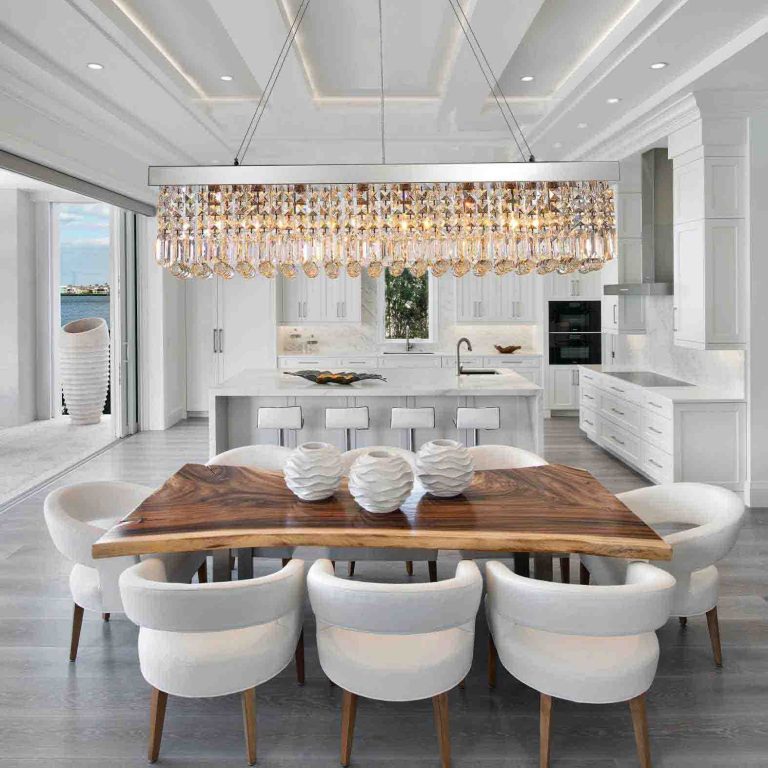How Many Recessed Lights Per Room? Expert Guide
Imagine walking into a room that instantly feels inviting, perfectly lit, and aesthetically pleasing. Now, picture achieving this ambiance effortlessly.
How many recessed lights per room? Use one recessed light for every 4 to 6 square feet of ceiling space to ensure even lighting. For example, a 12×12 room (144 sq ft) typically needs 6 to 9 recessed lights. Placement and purpose—ambient, task, or accent lighting—may affect the final number.
The secret? Recessed lighting. If you’ve ever found yourself pondering how many recessed lights your room needs for that perfect glow, you’re not alone. This is a common question with a simple solution. By understanding the right balance, you can transform any space into a well-lit haven.
In this guide, you’ll discover the ideal number of recessed lights for each room, ensuring you create an atmosphere that not only looks stunning but feels just right. Ready to illuminate your space like never before? Let’s dive in.
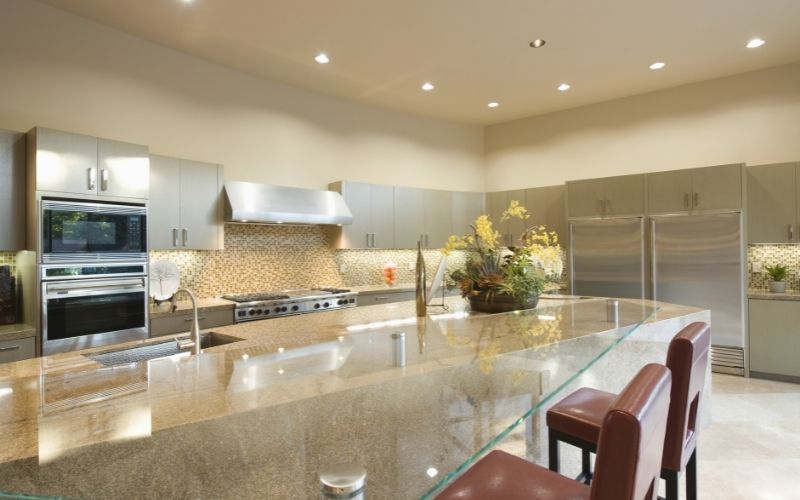
Credit: www.bazzsmarthome.ca
How Many Recessed Lights Per Room?
Factors Affecting Lighting Needs
Determining how many recessed lights you need for a room isn’t just about picking a number out of thin air. Several factors influence lighting needs, ensuring your space is both functional and inviting. Think about the last time you walked into a room and felt instantly comfortable. That ambiance is the result of thoughtful lighting design. Let’s dive into some key factors that can help you make informed decisions.
Read More: Modern Dining Room Light Fixtures: Illuminate Your Style
Room Size And Shape
Imagine stepping into a cozy square room versus a sprawling rectangular one. The size and shape of your room greatly affect how much lighting you’ll need. A small room might only need a few strategically placed lights to feel bright and open. In contrast, larger rooms may require more fixtures to avoid dark corners. Consider how the room’s layout can impact light distribution. Oddly shaped rooms might have hidden areas that need extra attention.
Ceiling Height
Ceiling height is another crucial factor. High ceilings can make a room feel airy but can also lead to insufficient lighting if not addressed properly. You might need more recessed lights to ensure the room feels well-lit. On the other hand, lower ceilings can reflect light better, potentially requiring fewer lights. Think about how light fixtures can complement the room’s architecture and enhance its features.
Purpose Of The Room
What do you want to achieve with the lighting? A kitchen needs bright, focused lights for cooking, while a living room might benefit from softer, ambient lighting for relaxation. Consider the activities that take place in the room. You wouldn’t want harsh lighting in a bedroom designed for rest. Tailor the lighting to the room’s function to enhance your daily experiences.
Choosing the right number of recessed lights is a balance between function and aesthetics. Have you ever struggled to read a book in a dimly lit room or felt overwhelmed by overly bright lighting? Finding the right lighting can transform your space. How will you approach lighting in your next project?
Calculating Light Spacing
Calculating the right spacing for recessed lights transforms a room’s ambiance. Proper placement ensures even lighting and eliminates shadows. It enhances both functionality and aesthetics. Knowing the correct distance between lights is crucial. It creates a balanced and inviting environment. Let’s explore how to achieve this in your home.
Distance Between Lights
The distance between recessed lights depends on your room’s size. A general rule is to space lights 4 to 6 feet apart. Smaller rooms need closer spacing for even coverage. Larger rooms can have lights further apart. Consistency in spacing maintains uniform light distribution. Avoid placing lights too close to walls. This prevents harsh shadows and uneven illumination.
Avoiding Shadows And Dark Spots
Strategic light placement minimizes shadows and dark areas. Position lights evenly to cover the entire room. Focus on areas requiring more light, like reading nooks or workspaces. Use dimmers for adjustable lighting levels. This adds flexibility for different activities. Ensure overlapping light beams for consistent brightness. Avoid placing lights directly over seating to prevent glare.
Read More: What Light in a Dark Room Helps You Study? Bright Ideas
Types Of Recessed Lights
Choosing the right recessed lights can transform a room’s ambience. There are different types of recessed lights available. Each type offers unique features and benefits. Let’s explore these options to help you make an informed decision.
Led Vs. Incandescent
LED lights are energy-efficient. They last longer and save on electricity bills. Incandescent lights, on the other hand, offer warm light. But they use more energy and have a shorter lifespan. LED lights are better for eco-friendly homes. Incandescent lights may suit those who prefer a traditional feel.
Trim And Housing Options
The trim and housing of recessed lights affect the room’s look. Baffle trim reduces glare and spreads light evenly. Reflector trim enhances brightness, ideal for task lighting. Housing options vary based on ceiling type. New construction housing suits open ceilings. Remodel housing fits existing ceilings without much hassle. Choose trim and housing based on your room’s needs and style.
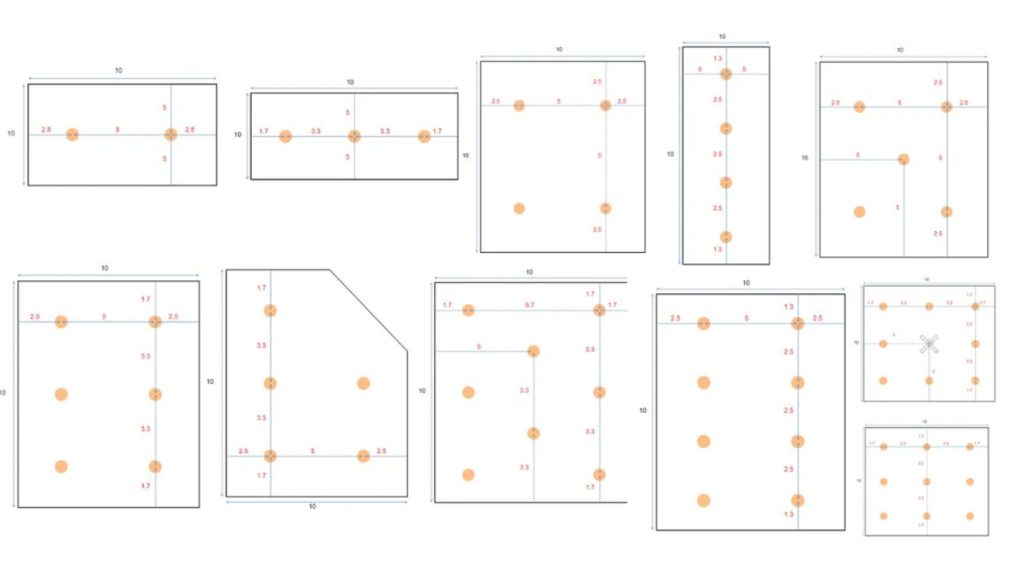
Credit: northerncult.com
Room-specific Recommendations
Choosing the right number of recessed lights per room enhances your home’s ambiance. Each room has unique lighting needs. Consider the room’s purpose and layout. Proper lighting improves functionality and aesthetic appeal. Below are room-specific recommendations for different areas in your home.
Kitchen And Dining Areas
Kitchens require bright, even lighting for safe food preparation. Place lights above workspaces like counters and islands. Typically, install one light every 4 to 6 feet. This spacing ensures adequate coverage without shadows. In dining areas, create a warm, inviting atmosphere. Position lights to highlight the table. Consider dimmable options for flexibility during meals.
Living And Family Rooms
Living rooms need versatile lighting for different activities. Use recessed lights to provide general illumination. Space them 5 to 7 feet apart. This creates an even distribution of light. Highlight areas with specific tasks, like reading nooks or media corners. Combine recessed lights with lamps or sconces for layered lighting.
Bedrooms And Bathrooms
Bedrooms benefit from soft, relaxing lighting. Recessed lights can provide ambient light when spaced 5 to 6 feet apart. Consider dimmable lights for a soothing atmosphere. Bathrooms require bright, focused lighting for grooming tasks. Install recessed lights around mirrors and over shower areas. Ensure lights are moisture-resistant for safety.
Common Mistakes To Avoid
Choosing the right number of recessed lights for a room can be tricky. Many homeowners make common mistakes that affect the room’s look and feel. Understanding these pitfalls helps in creating a balanced lighting setup.
Overlighting The Space
Overlighting can make a room feel harsh and uncomfortable. Too many lights increase energy costs and create unnecessary glare. An overcrowded ceiling looks cluttered and distracts from the room’s design. Consider the room’s purpose and size before installing lights. Select the number of lights that complement the space without overpowering it.
Ignoring Room Ambiance
Room ambiance is key to creating a welcoming environment. Ignoring this element makes a room feel cold and uninviting. Different rooms require different lighting moods. Kitchens need bright lighting, while living rooms benefit from softer tones. Choose lights that enhance the desired atmosphere. Adjustable lights offer flexibility for changing moods.
Frequently Asked Questions
How Many Recessed Lights Do I Need For A 12×12 Room?
Install 4 to 6 recessed lights in a 12×12 room for balanced illumination. Space lights evenly to avoid shadows. Consider dimmable options for adjustable brightness. Use LED bulbs to enhance energy efficiency. Adjust the number based on room purpose and personal preference for optimal lighting.
Should I Use 4 Or 6 Recessed Lights In Bedroom?
Choose between 4 or 6 recessed lights based on room size and desired brightness. For average bedrooms, 4 lights suffice. Larger spaces or higher illumination needs may require 6 lights. Consider light placement and type for optimal results. Properly positioned lights enhance ambiance and functionality.
How Many Recessed Lights For A 10×10 Room?
Use four to six recessed lights for a 10×10 room. Space them evenly for balanced illumination. Consider the room’s purpose and natural light for optimal placement. Use dimmable LEDs for flexibility. Adjust based on ceiling height and personal preference.
What Is The Rule Of Thumb For Recessed Lighting?
Space recessed lights about 4 to 6 feet apart. Place them 12 to 18 inches from walls. Use a dimmer for flexibility. Consider the beam angle for coverage. Match the light size to the room’s scale.
How To Determine Recessed Lights Quantity?
Measure room size. Calculate lumens needed. Divide by light output per fixture. Adjust for layout and purpose.
Conclusion
Choosing the right number of recessed lights can transform your space. Consider room size and purpose. Think about light layering for optimal brightness. Balance aesthetics with functionality to create a cozy atmosphere. Experiment with different layouts before finalizing. Remember, dimmers add versatility to lighting design.
They offer mood control and energy savings. Also, ensure proper installation for safety. Every room deserves tailored lighting solutions. With thoughtful planning, your lighting will enhance your home’s beauty. Let your personal style guide your choices. Create a space that reflects your taste and needs.
Happy lighting!
